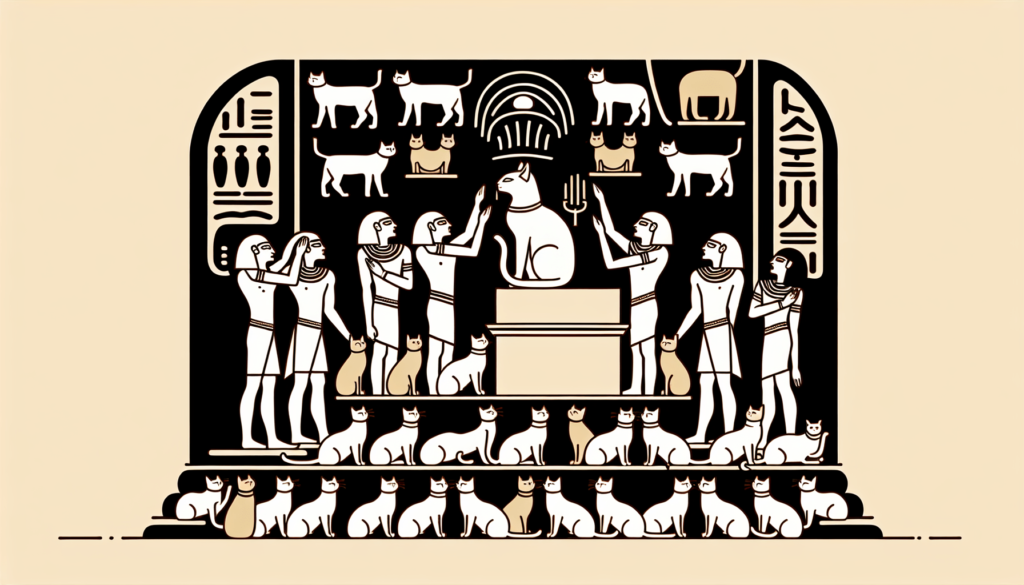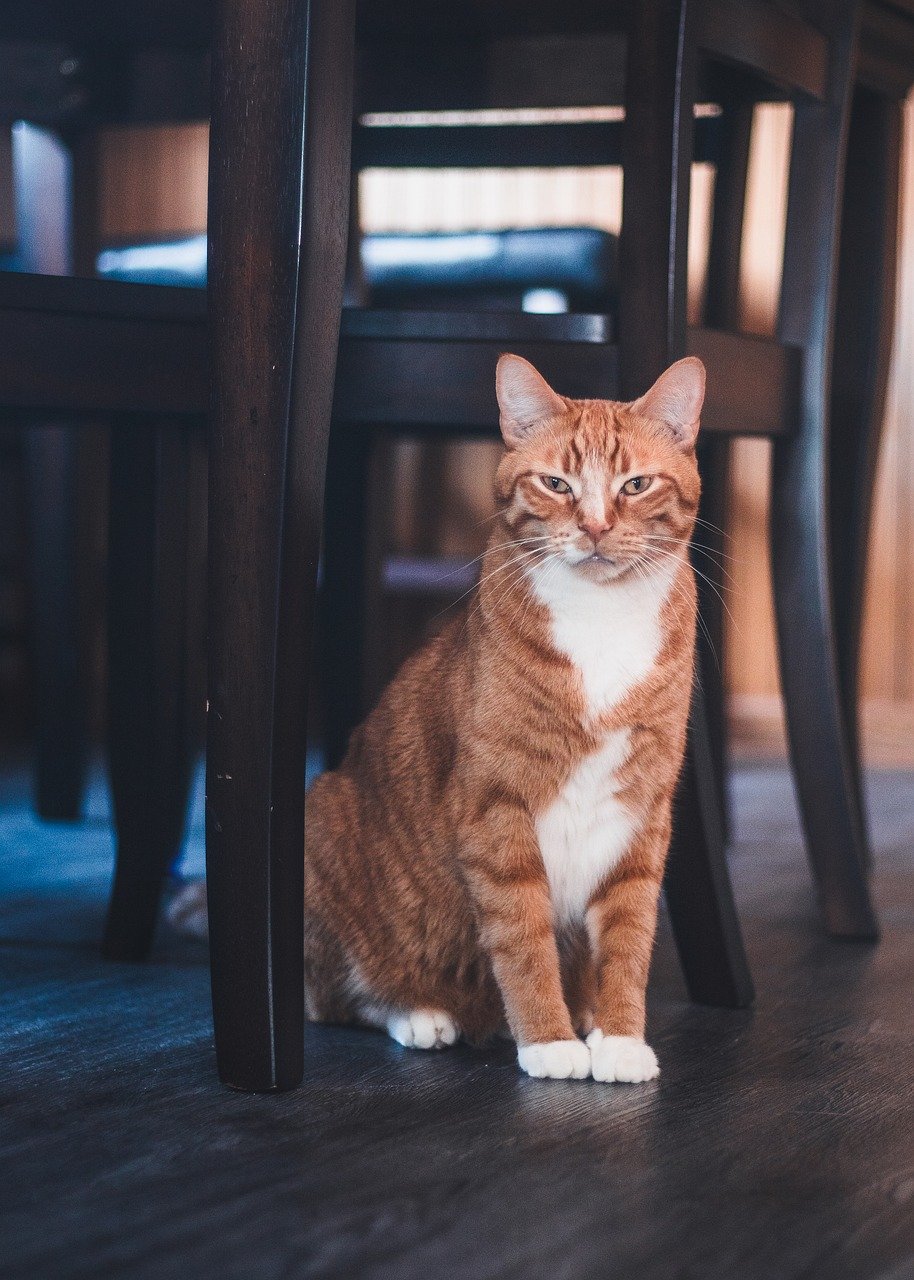Welcome to an interesting exploration into the history of our feline friends! Have you ever wondered how long cats have been domesticated? Let’s delve into the fascinating journey of how these beloved creatures evolved from wild counterparts to cherished companions. From ancient civilizations to modern day relationships, the bond between humans and cats has a rich and colorful past worth discovering. Join us as we uncover the secrets behind the origins of our purring pets. How long have cats been domesticated?
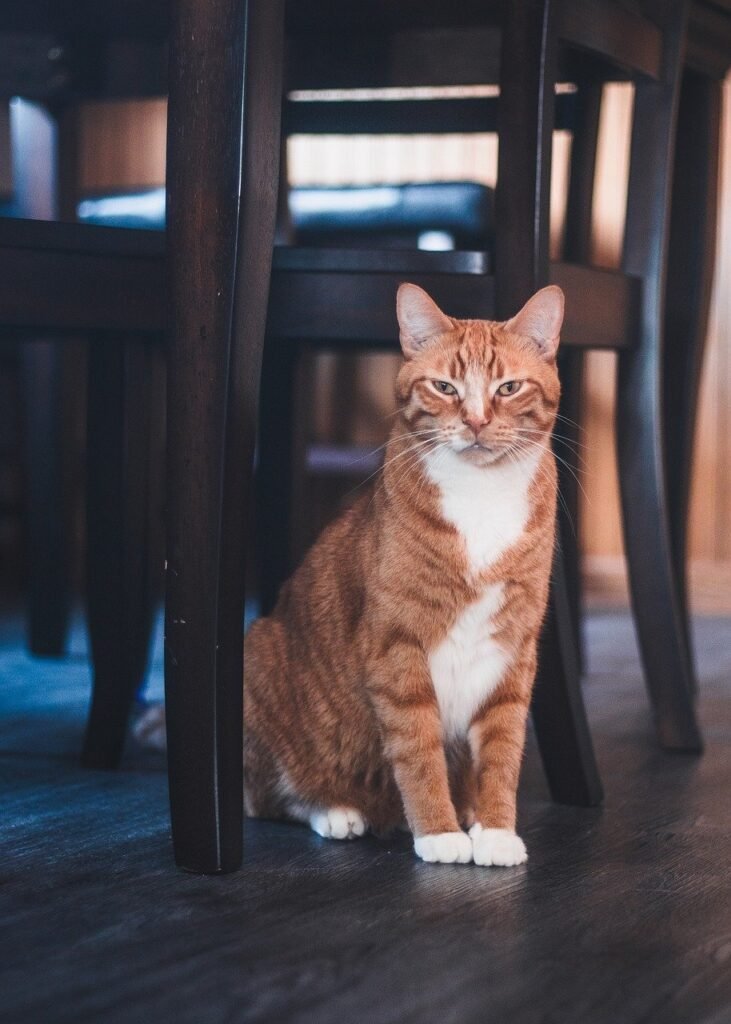
The History of Cat Domestication
Cats have been a part of human society for centuries, but how long have they actually been domesticated? Let’s take a look at the history of cat domestication to find out.
Ancient Egypt: The Beginnings of Cat Domestication
In ancient Egypt, cats were thought to be sacred and were even worshiped as gods. They were often depicted in art and literature, showing just how important they were to Egyptian society. This close connection between cats and humans in ancient Egypt is one of the earliest known instances of cat domestication.
The Role of Cats in Ancient Rome
In ancient Rome, cats were valued for their ability to keep the rodent population under control. They were often kept as pets and were even believed to bring good luck. This further solidified the bond between humans and cats, contributing to their domestication.
Cats in the Middle Ages
During the Middle Ages, cats were associated with superstition and witchcraft, which led to a decline in their popularity. However, they were still kept around to help control the vermin population in homes and villages. Despite the negative connotations, cats continued to be a part of human society during this time.
The Importance of Cats in Modern Society
Cats may have had a rocky history, but today they are beloved by millions of people around the world. Let’s explore the importance of cats in modern society and how they continue to play a significant role in our lives.
Cats as Pets
Today, cats are one of the most popular pets in the world. They provide companionship, comfort, and entertainment to their human companions. Whether they’re curled up on your lap or playing with a toy, cats bring joy and fulfillment to our lives.
Cats in Pop Culture
Cats have also made their mark on popular culture, from movies and TV shows to memes and viral videos. They are often portrayed as mysterious, independent creatures with a touch of mischief, which only adds to their appeal. Cats have become iconic symbols in modern society, representing everything from elegance to playfulness.
Cats in the Workplace
Believe it or not, cats are even making their way into the workplace. Some businesses have adopted “office cats” to help reduce stress and create a more relaxed environment for employees. These cats provide a sense of calm and comfort during stressful workdays, making them valuable members of the team.
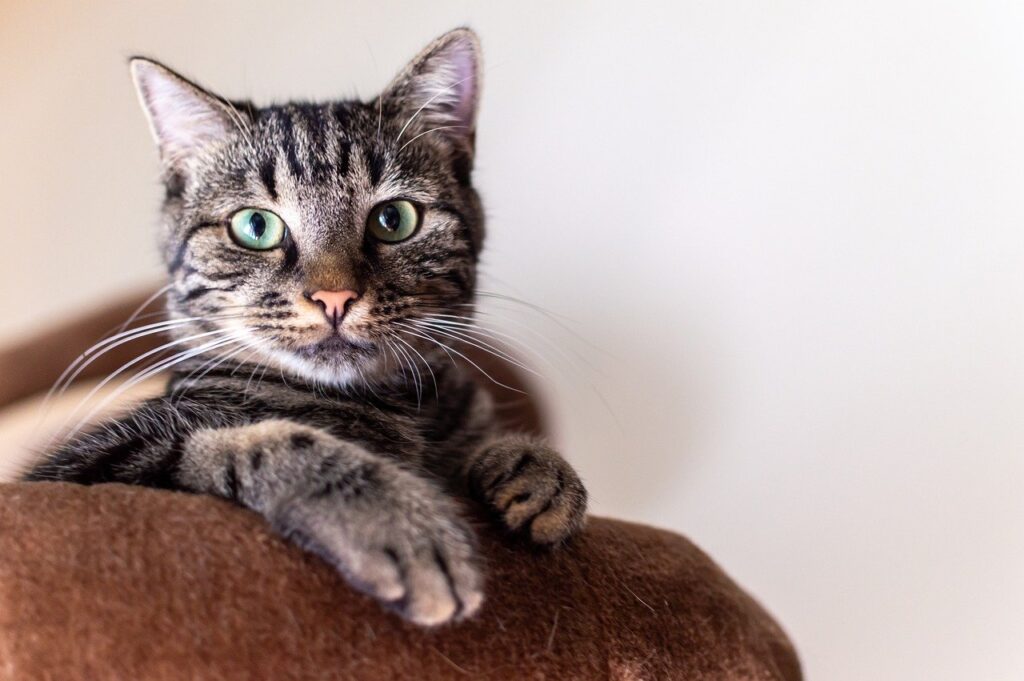
The Domestication Process
So, how exactly did cats become domesticated? The process of domestication is complex and involves a combination of natural selection and human intervention. Let’s break down the domestication process to better understand how cats went from wild animals to beloved pets.
Natural Selection
Cats are natural hunters with strong instincts for survival. In the wild, they rely on these instincts to find food, protect themselves from predators, and reproduce. Over time, certain traits that made cats more adaptable to living with humans were naturally selected for, leading to the domestication of cats.
Human Intervention
As humans began to settle down and form agricultural communities, cats found an ideal environment to thrive. They were attracted to human settlements because of the abundance of prey, such as rodents, that provided a ready food source. Humans also benefited from having cats around to keep the rodent population in check, creating a mutually beneficial relationship.
Selective Breeding
Once humans realized the benefits of having cats around, they began to selectively breed them for specific traits. Some cats were bred for their hunting abilities, while others were bred for their docile nature. This process of selective breeding played a crucial role in shaping the characteristics of modern domestic cats.
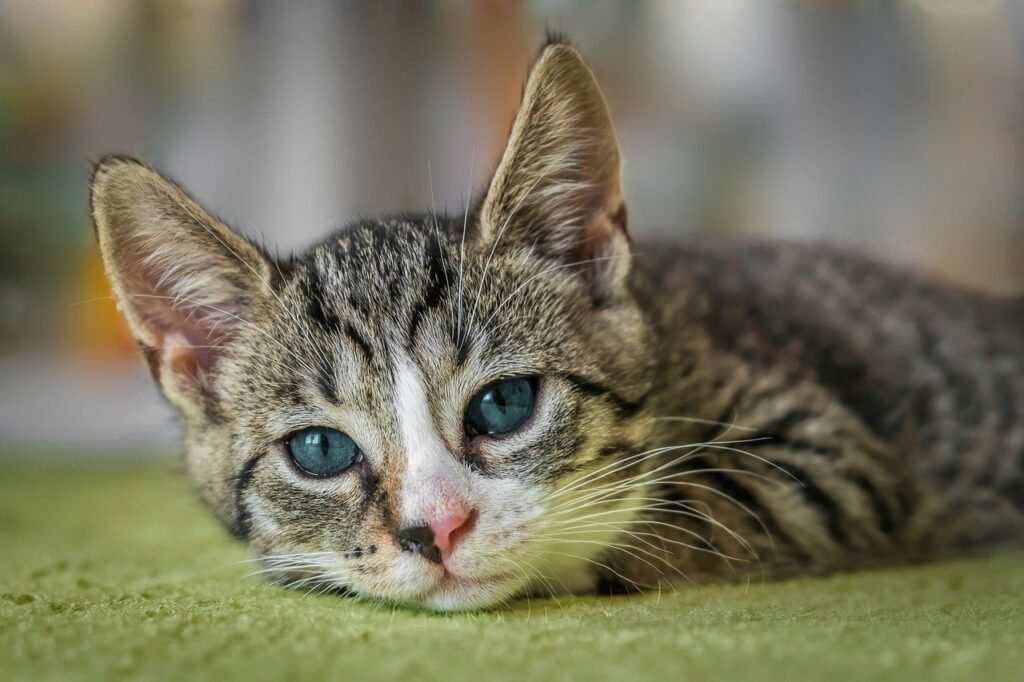
The Evolution of Domestic Cats
Domestic cats have come a long way from their wild ancestors. Through the process of domestication, they have developed a unique set of traits and characteristics that set them apart from their wild counterparts. Let’s explore the evolution of domestic cats and how they have become the beloved companions we know today.
Physical Traits
One of the most noticeable differences between wild and domestic cats is their physical appearance. Domestic cats come in a wide variety of breeds, each with its own unique traits and characteristics. From the sleek Siamese to the fluffy Maine Coon, domestic cats exhibit a diverse range of physical features that have been selectively bred over centuries.
Behavioral Traits
In addition to their physical traits, domestic cats also exhibit unique behavioral characteristics that set them apart from their wild ancestors. Domestic cats are more social and vocal than wild cats, often forming strong bonds with their human companions. They are also more adaptable to living in human environments, making them well-suited to life as pets.
Genetic Evolution
Recent genetic studies have shed light on the evolution of domestic cats and how they differ from their wild counterparts. Domestic cats have undergone genetic changes over time that have allowed them to live in close proximity to humans. These genetic adaptations have helped domestic cats thrive in a human-dominated world, solidifying their status as beloved companions.
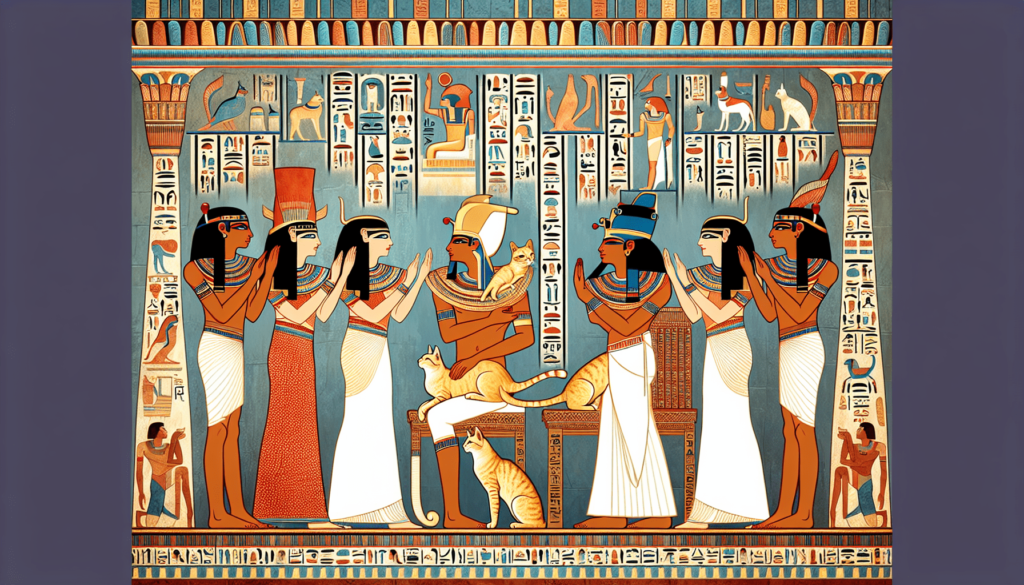
The Future of Cat Domestication
As we look to the future, the relationship between humans and cats continues to evolve. With advancements in science and technology, we are learning more about cats than ever before. Let’s explore what the future holds for cat domestication and how our feline friends will continue to be a part of our lives.
Scientific Research
Advances in genetic research have provided valuable insights into the evolution of domestic cats and their genetic makeup. Scientists are uncovering new information about cat behavior, health, and traits, which could have implications for future cat domestication efforts.
Technological Innovations
Technology is also playing a role in the future of cat domestication. From smart litter boxes and feeding systems to interactive toys and health monitoring devices, there are a wealth of tech products designed to enhance the lives of cats and their owners. These innovations are changing the way we interact with our feline friends and shaping the future of cat domestication.
Sustainable Practices
As we become more conscious of the impact of human activities on the environment, sustainable practices are becoming increasingly important in cat domestication. From eco-friendly cat products to responsible breeding practices, there is a growing focus on creating a more sustainable future for cats and their human companions. By adopting sustainable practices, we can ensure that cats continue to be cherished members of our society for generations to come.
In conclusion, cats have been domesticated for centuries and have played a vital role in human society throughout history. From their early days in ancient Egypt to their modern status as beloved pets, cats have evolved alongside humans to become the companions we know and love today. As we look to the future, the bond between humans and cats will continue to strengthen, ensuring that cats remain an integral part of our lives for years to come.
